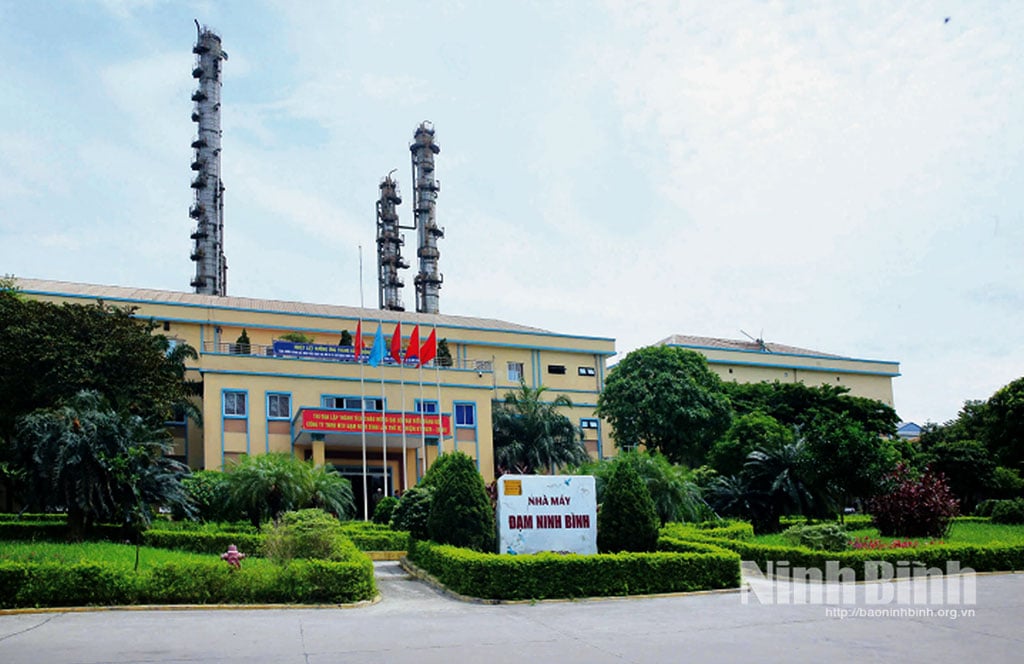
Once considered an environmental and technological “lowland” in the chemical industry, Ninh Binh Fertilizer Plant has made a spectacular transformation to become a pioneer in green transformation and circular economic development. Thanks to the application of science and technology, innovation in management thinking and systematic investment in recycling projects, renewable energy, and industrial symbiosis, Ninh Binh Fertilizer Plant has not only overcome difficulties but also created a sustainable production model.
Overcoming the environmental “trough”
More than a decade ago, when Ninh Binh Nitrogen Plant officially came into operation, few people thought that this would be one of the pioneers of the chemical industry in the green transformation.
Located in Khanh Phu Industrial Park, Ninh Binh Fertilizer Plant under the Vietnam Chemical Group (Vinachem) has invested heavily in terms of scale and capacity but encountered many difficulties in the initial stages of operation. Inadequacies in technology, high production costs and large emissions have repeatedly raised public concerns about the environmental impact of the plant. In particular, the amount of CO2, a by-product in the urea production process, was not completely released into the environment. This was accompanied by high coal consumption and suboptimal energy exploitation efficiency. Not only was Ninh Binh Fertilizer Plant considered a "lowland" in terms of economic efficiency, it was also considered one of the environmental "hot spots" in the chemical industry.
However, a major turning point came when the Vietnamese Government expressed its strong commitment at the COP26 Conference, setting a target of net zero emissions by 2050. At the same time, the Vietnam Chemical Group issued specific action programs, promoting member units to apply green growth models and develop circular economy. With the determination to innovate, Ninh Binh Fertilizer began a comprehensive "greening" journey, not only to overcome the past image but also towards a long-term sustainable development strategy.
According to Mr. Nguyen Viet Hien, General Director of Ninh Binh Fertilizer Company Limited, this transformation process is not simply about investing in new equipment but also a profound change from management thinking to operating model. That is why in just the past few years, Ninh Binh Fertilizer has launched a series of green projects with both economic and environmental value, becoming a typical unit in the chemical industry in implementing green transformation.
Innovation from thinking to action
One of the biggest highlights is the CO2 recovery and purification project. Previously, the Factory emitted a large amount of raw and refined CO2 into the environment each year. After research and cooperation with specialized partners, the Factory invested in a high-tech CO2 recovery system. Currently, more than 50% of raw CO2 with a purity of over 72% has been recovered and refined into CO2 >99.9% to supply the beverage, food, and mechanical industries. This process not only helps reduce greenhouse gas emissions, but also opens up a significant economic value chain.
According to calculations, the value of benefits from recovery and reusing CO2 is up to about 400 billion VND per year, thanks to gas supply contracts for major brands such as Coca-Cola, PepsiCo and many domestic manufacturing plants. The Company's goal is to recover all reusable CO2 by 2027, completing a closed cycle in urea production.
In parallel with gas recovery, Ninh Binh Fertilizer Plant is also a pioneer in applying renewable energy. From February 2024, a rooftop solar power system with a capacity of 3.8 MWp was put into operation. With this power source, the Plant saves millions of kWh of electricity from the national grid each year, equivalent to a profit of about 10 billion VND, while reducing coal consumption - a key factor in reducing greenhouse gas emissions.
Not stopping at installing equipment, Ninh Binh Fertilizer Plant also carried out a series of renovations in the production line. The project to upgrade the sulfur recovery system helps to recover acid gas, reduce the cost of imported chemicals and significantly improve working environment conditions. Thanks to the modernization of the line and the application of smart energy management, coal consumption is significantly reduced. This is a dual solution, both saving resources and reducing toxic gas emissions.
Another highlight is the Company's utilization of refined CO2 in urea production. By combining refined CO2 recovery with the NH3 import system, Ninh Binh Fertilizer increases urea output by 5-10% compared to the present, equivalent to an added value of about 230-470 billion VND. These projects are bringing about a "double" effect of both improving production capacity and reducing environmental pressure.
By connecting with businesses in Khanh Phu Industrial Park, especially Ninh Binh Industrial Gas Joint Stock Company, the Factory has formed a typical industrial symbiosis model, where the exhaust gas of one unit becomes the input material for another. This is the fundamental principle of the modern circular economy.
Once considered a technological “lowland”, Ninh Binh Fertilizer Plant is gradually becoming a “green nucleus” in the national chemical production network. In particular, the initial successes not only bring efficiency to the enterprise but also create a positive spillover effect on the sustainable development strategy of Ninh Binh province.
Determined not to trade the environment for growth, Ninh Binh Fertilizer Plant is proving that green industrial development is not just a slogan, but is completely feasible with the right direction and specific actions. This is the premise for businesses to continue expanding the green ecosystem, affirming their role in the process of building a circular economy in Vietnam.
⇒ Part 2: Circular economic picture in Ninh Binh
Source: https://baoninhbinh.org.vn/phat-trien-lanh-te-xanh-lanh-te-tuan-hoan-chuyen-dong-o-806120.htm








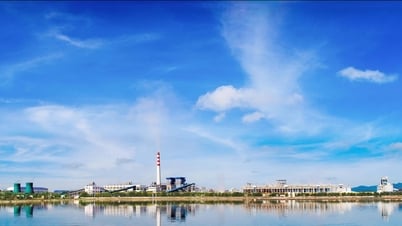


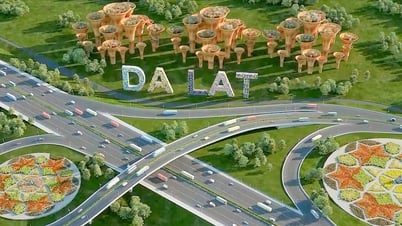


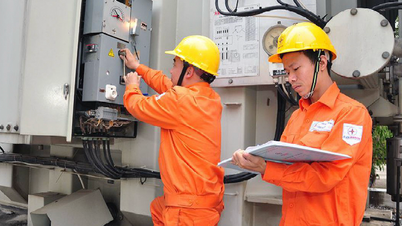






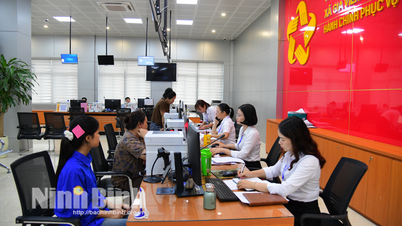
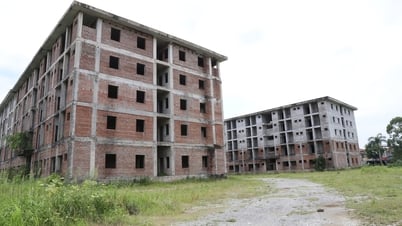






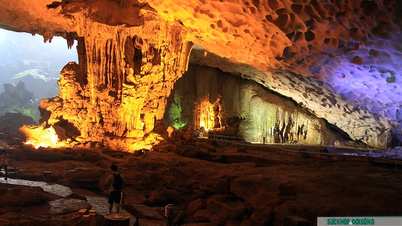

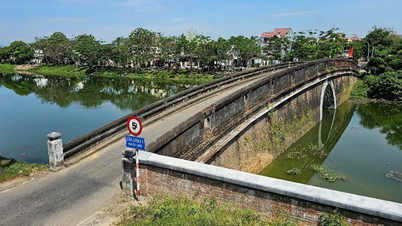









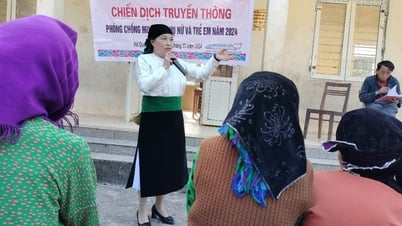









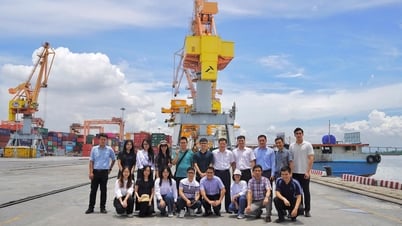



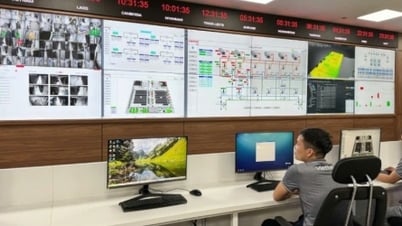
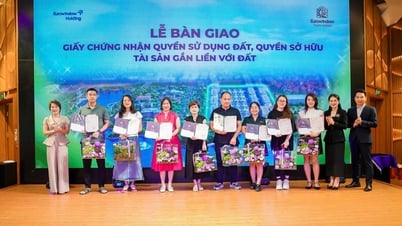





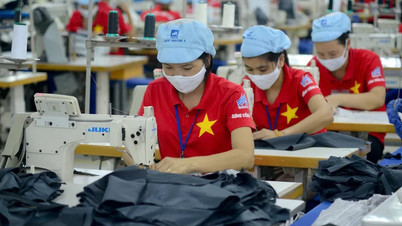







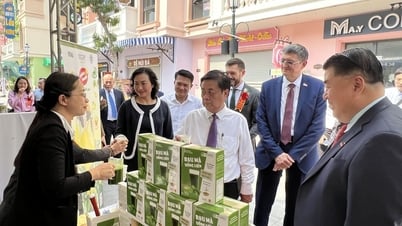

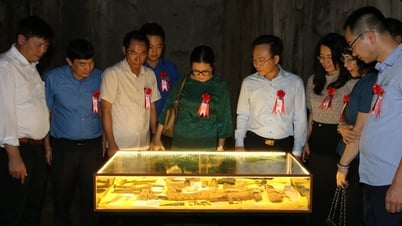










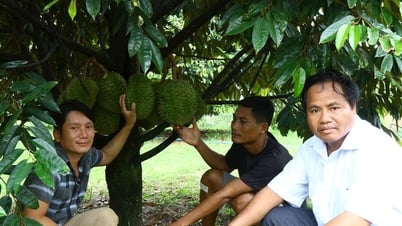
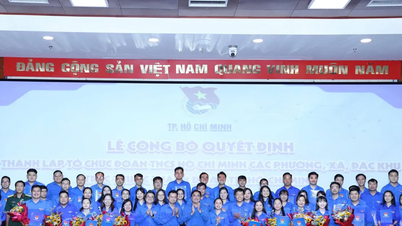
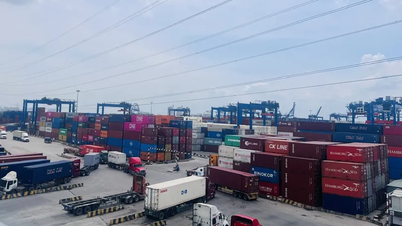

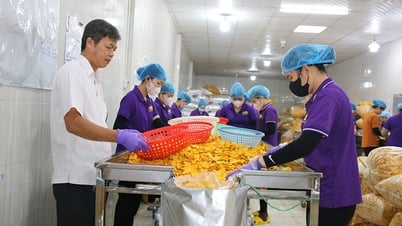

![[OCOP REVIEW] Bay Quyen sticky rice cake: A hometown specialty that has reached new heights thanks to its brand reputation](https://vphoto.vietnam.vn/thumb/402x226/vietnam/resource/IMAGE/2025/7/3/1a7e35c028bf46199ee1ec6b3ba0069e)




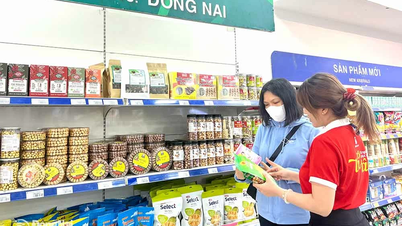



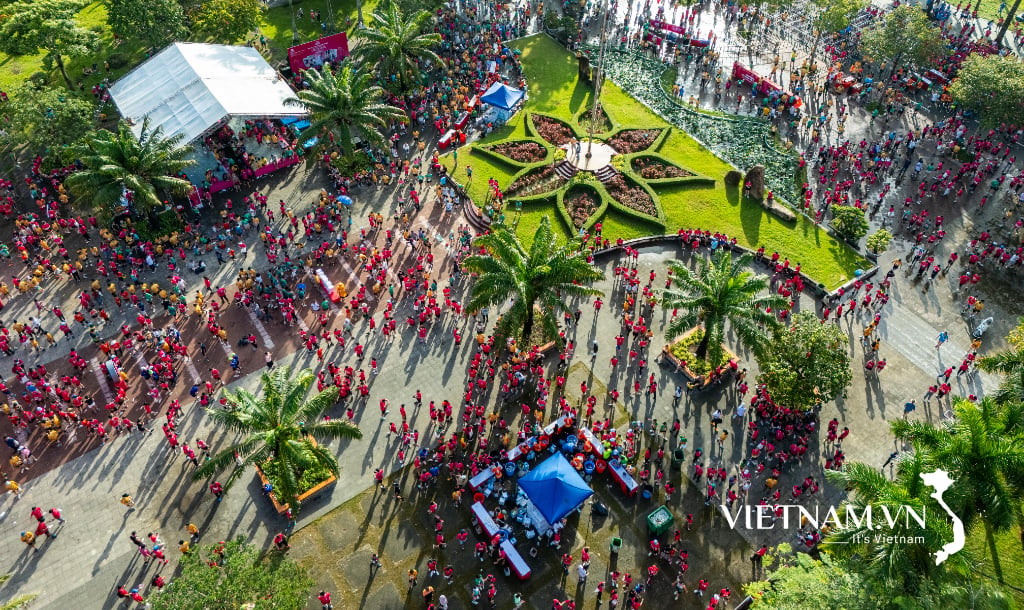
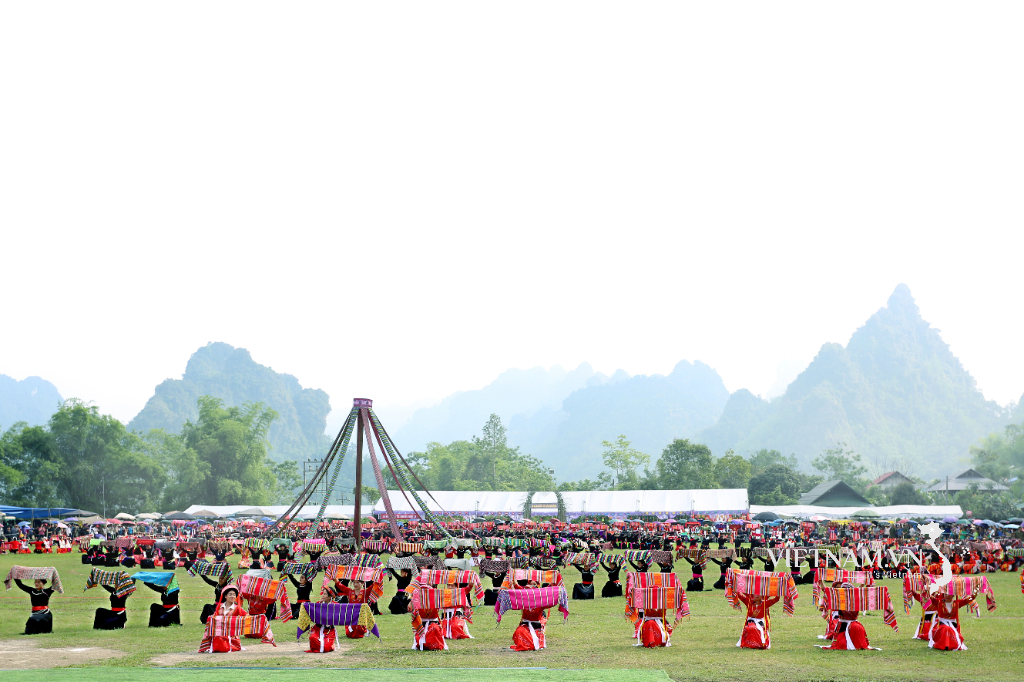
Comment (0)